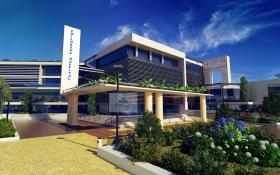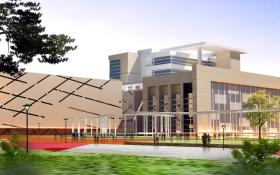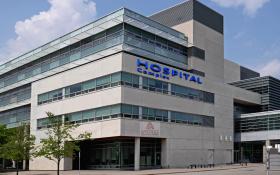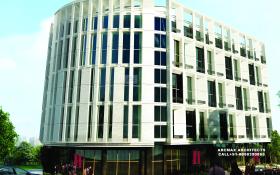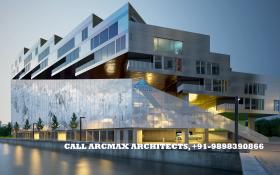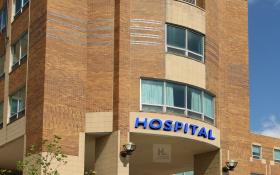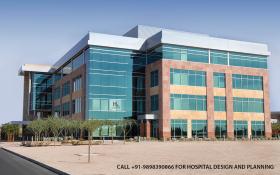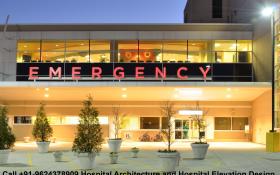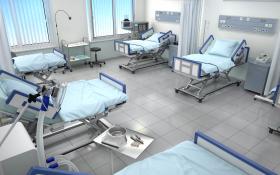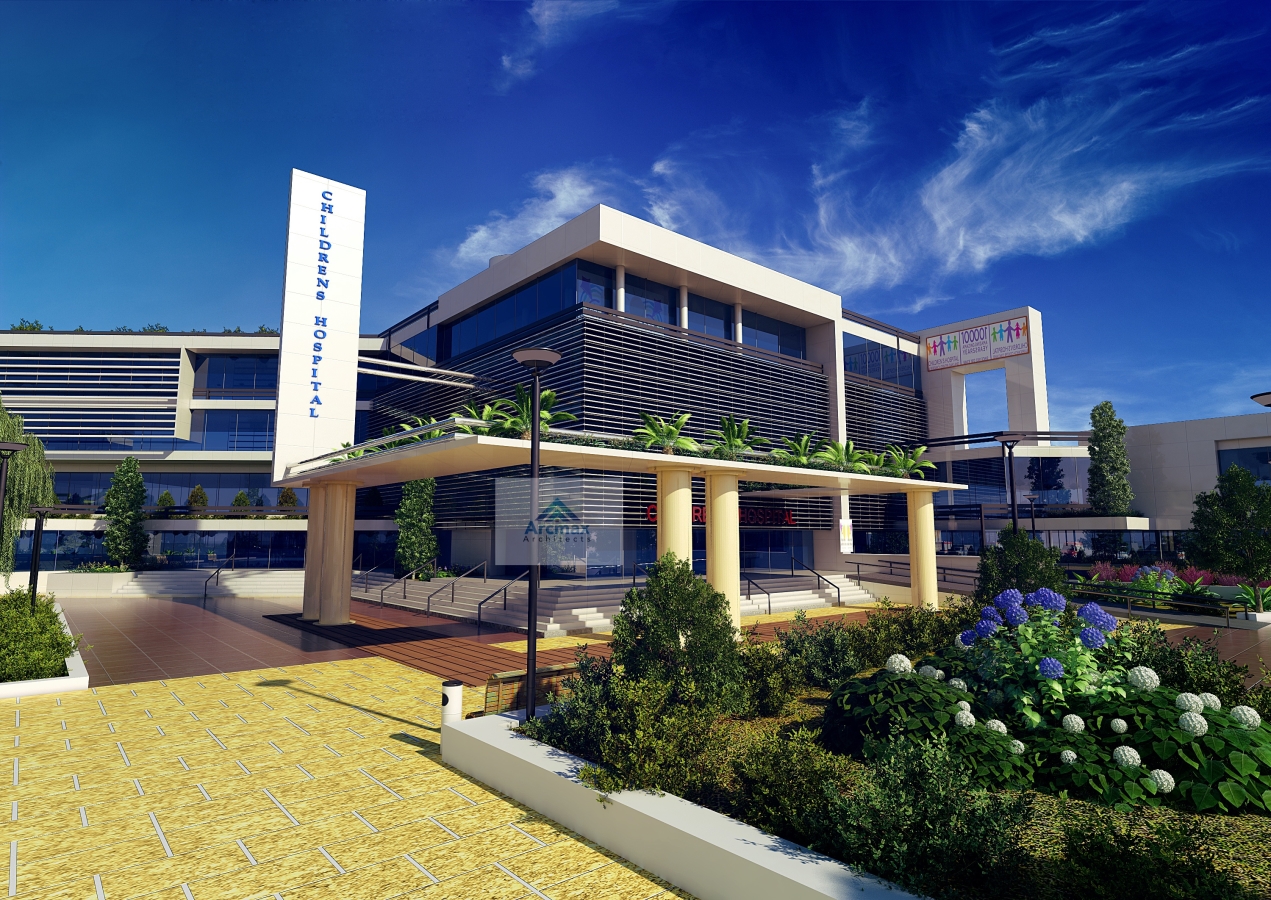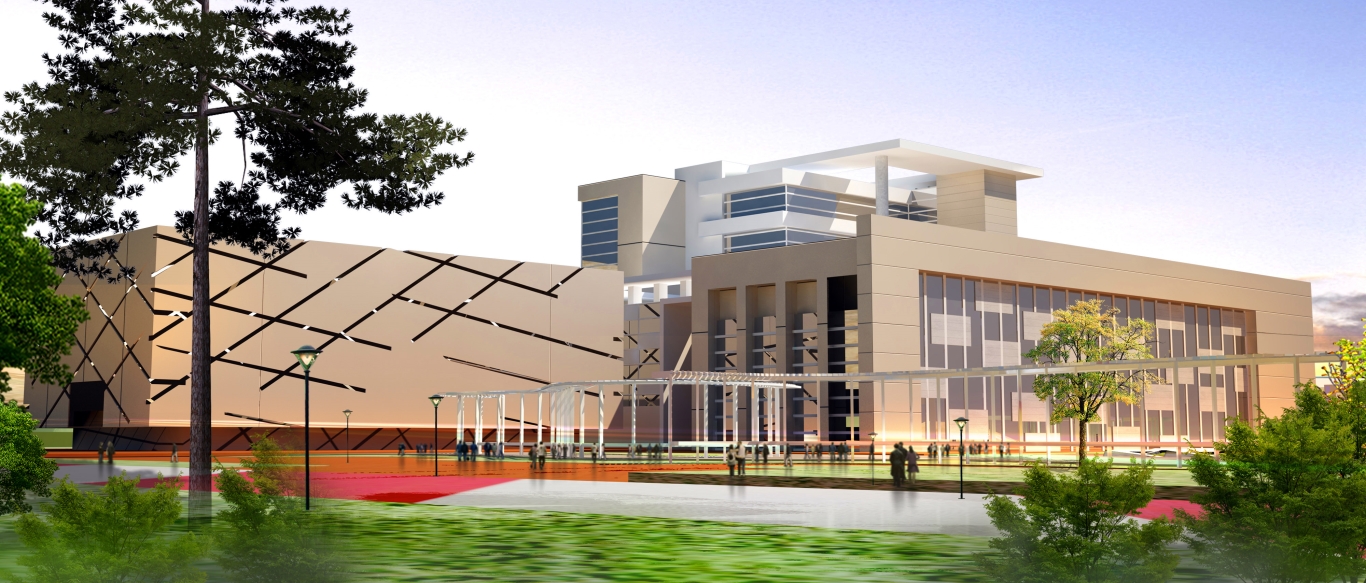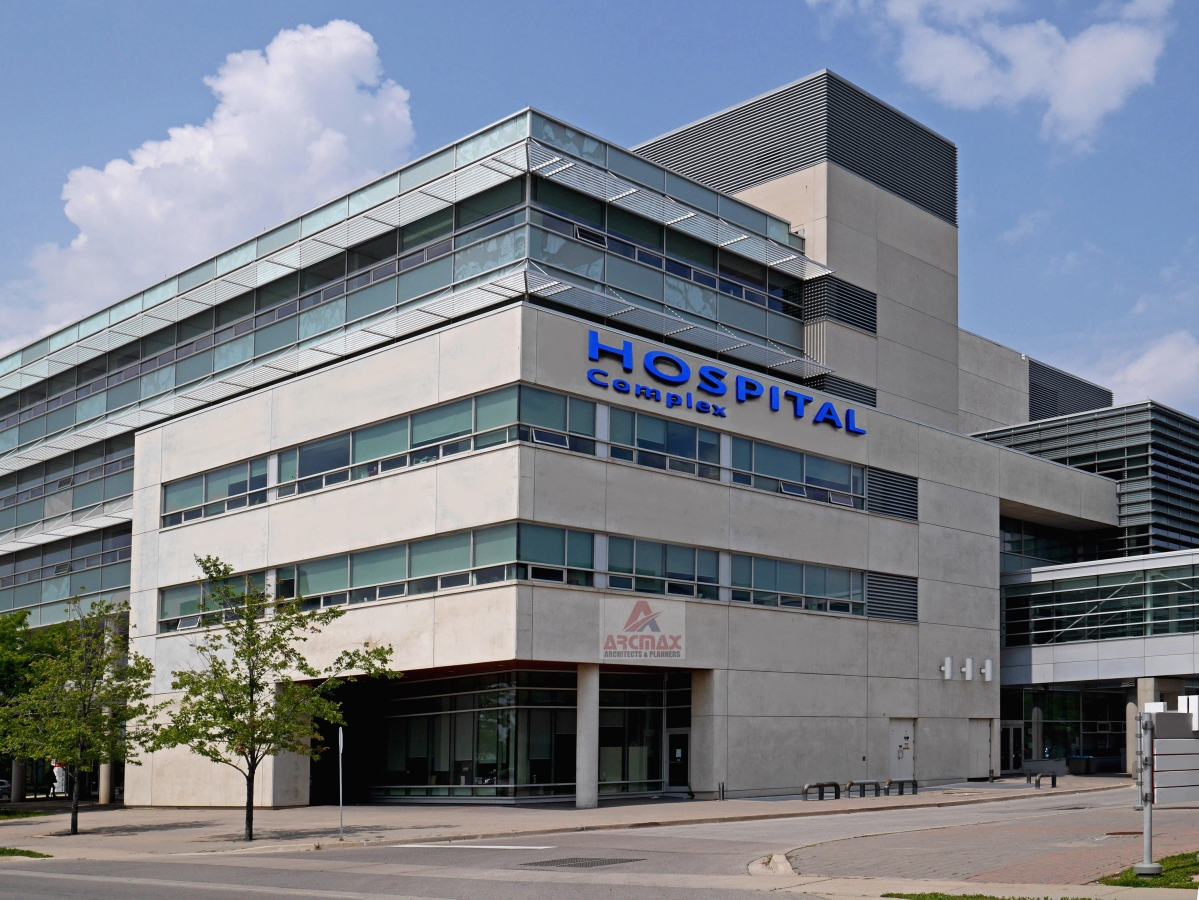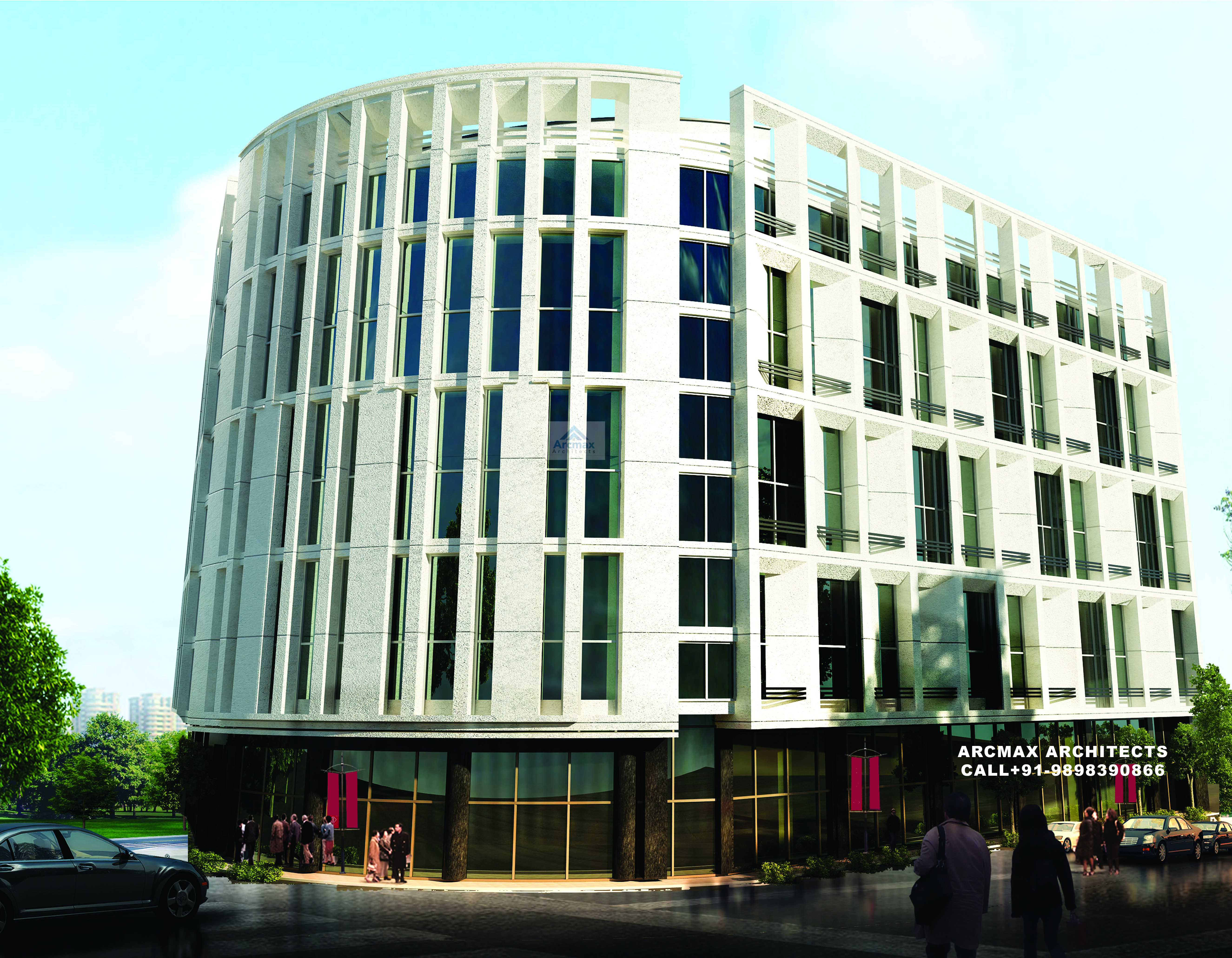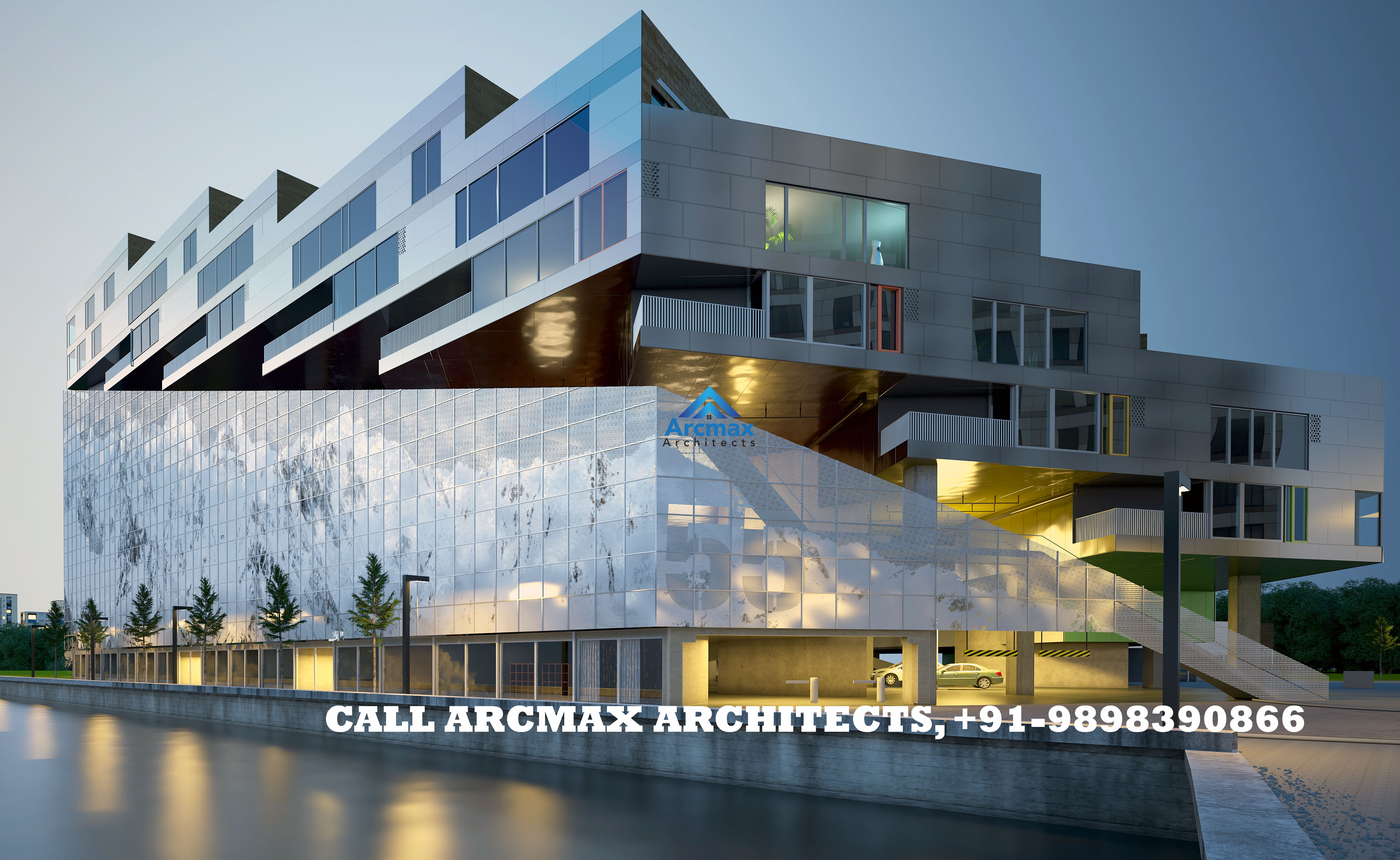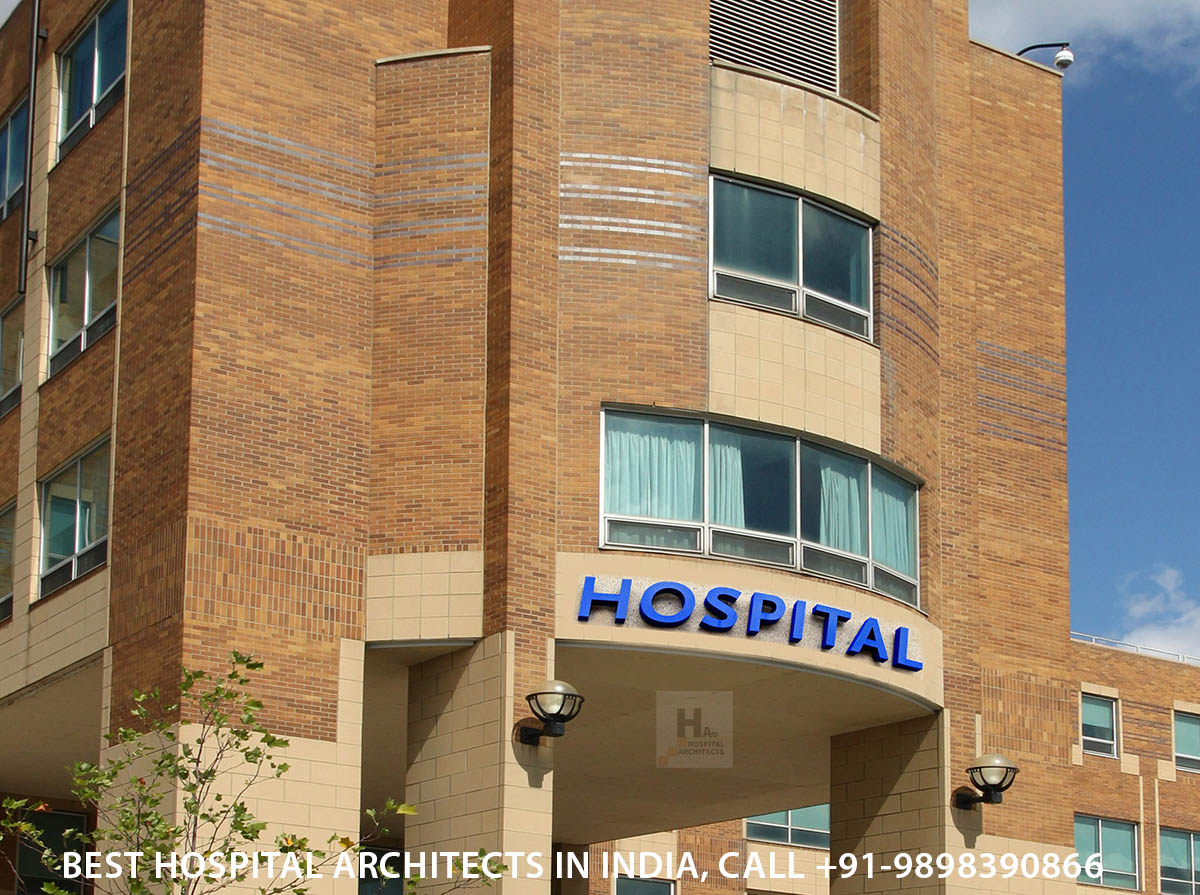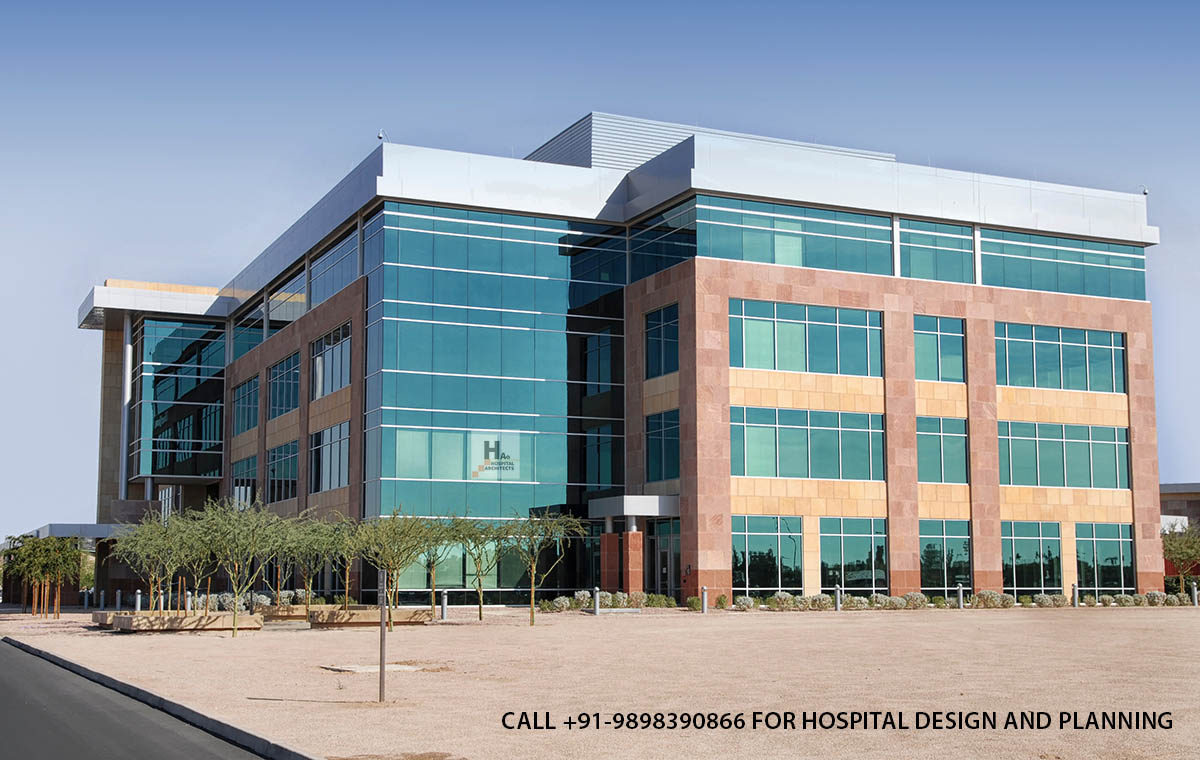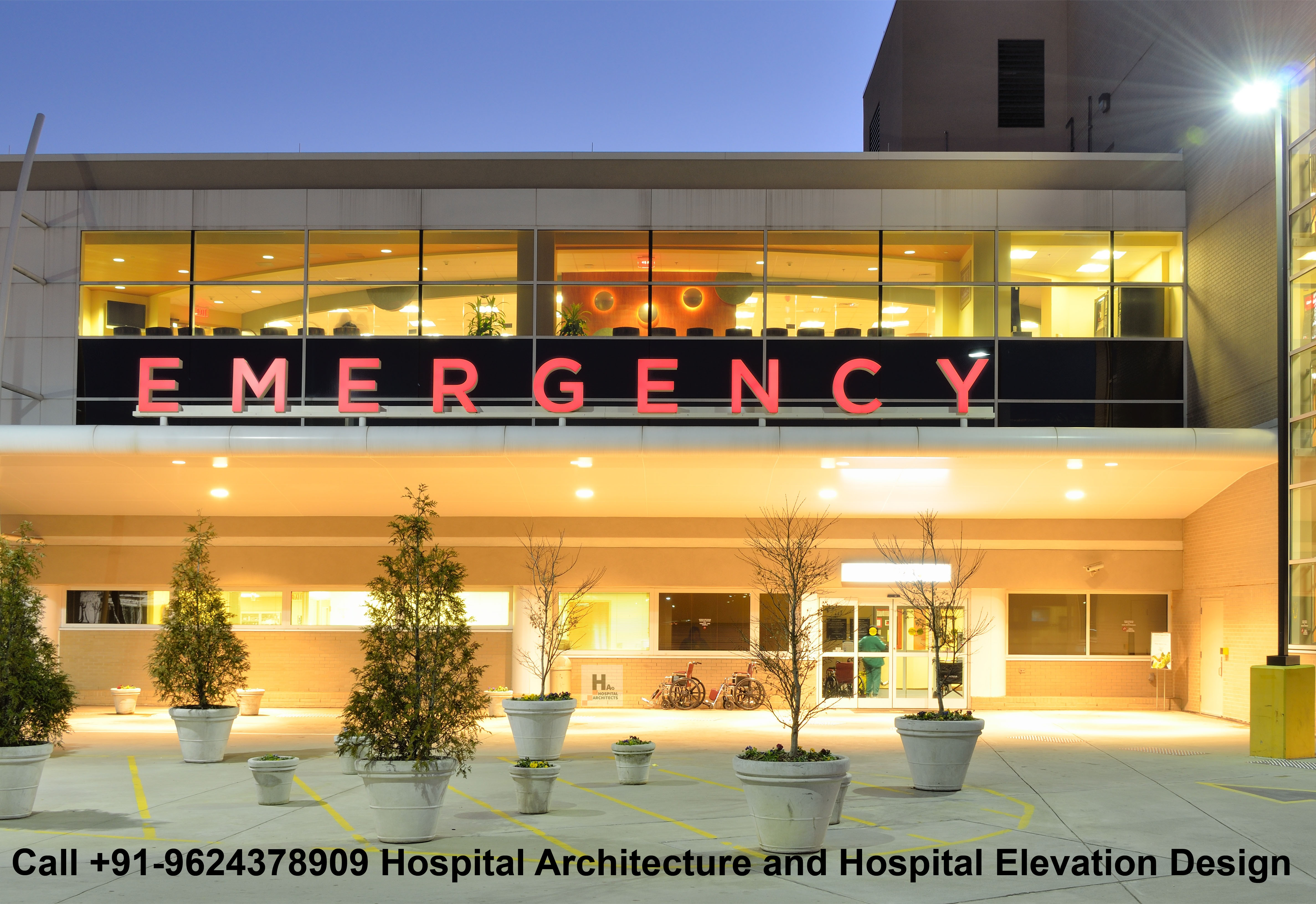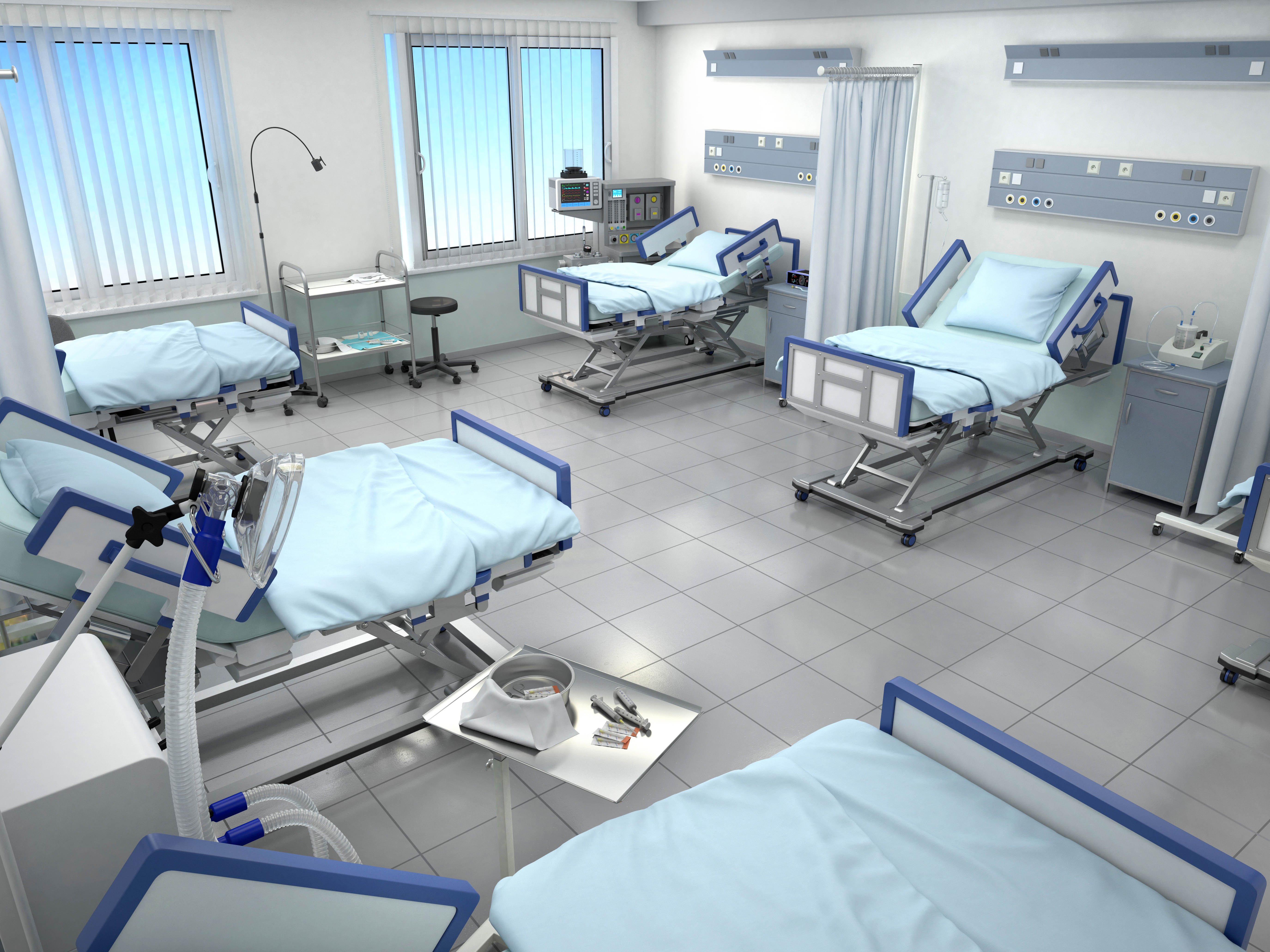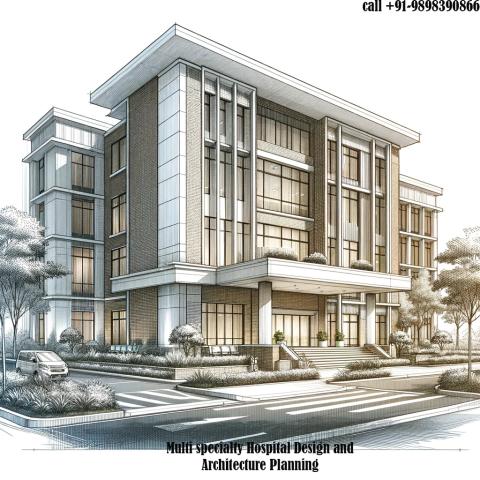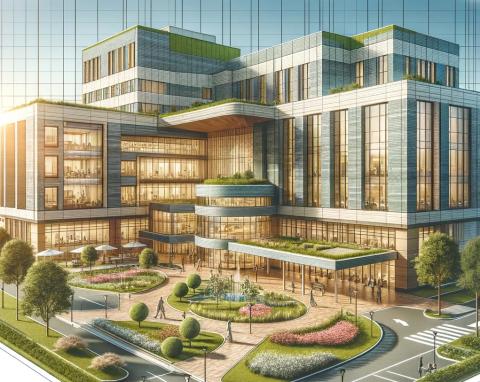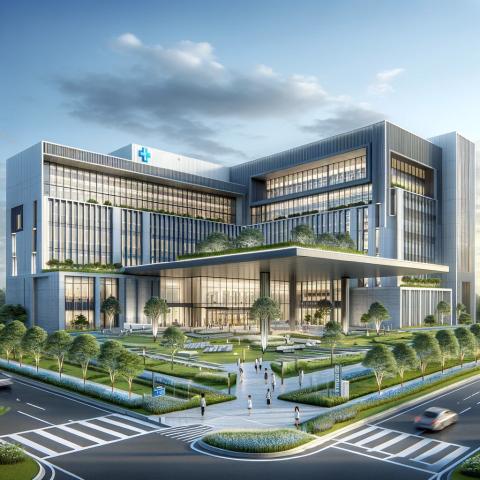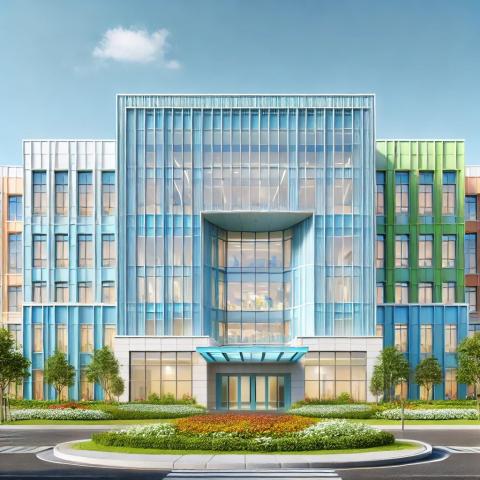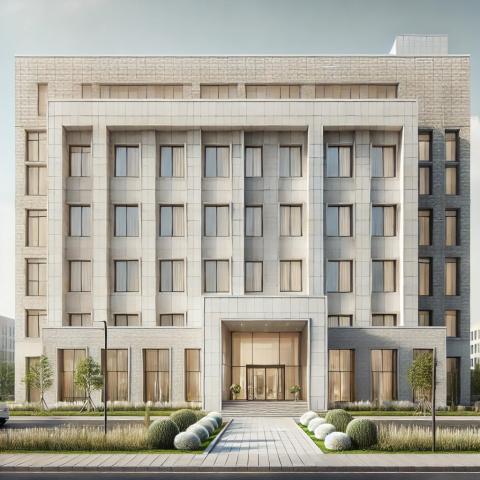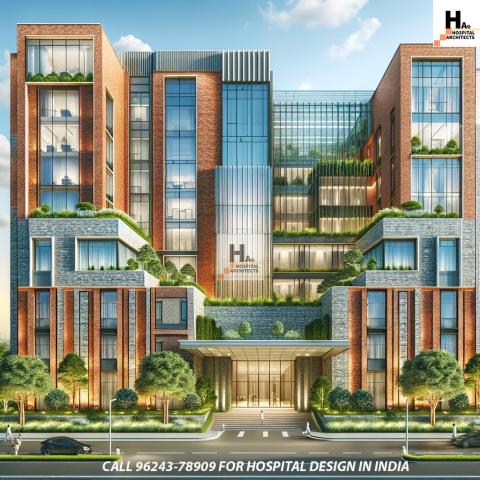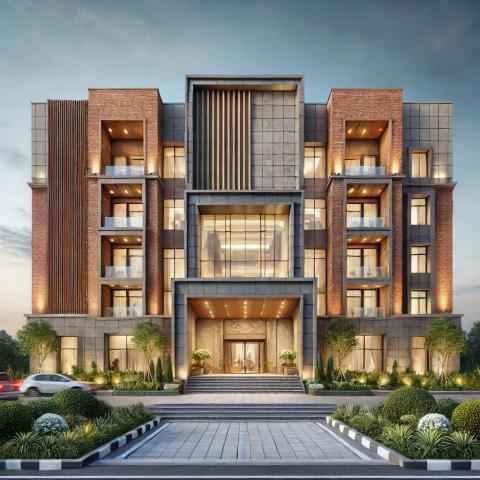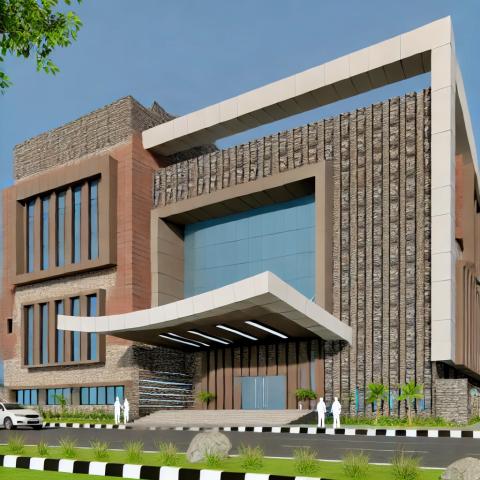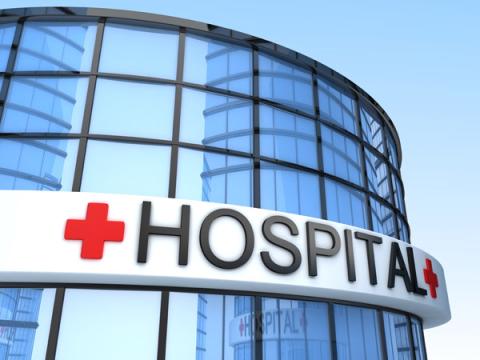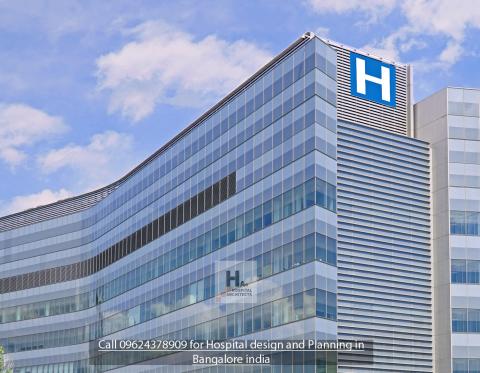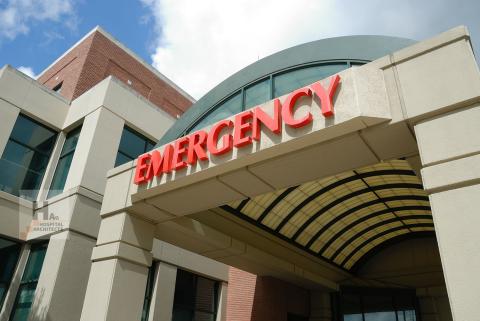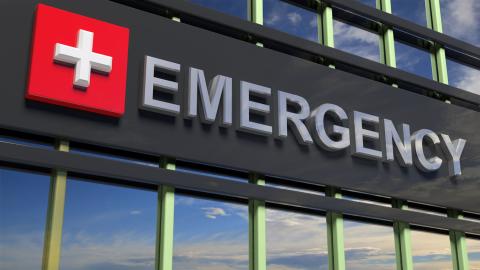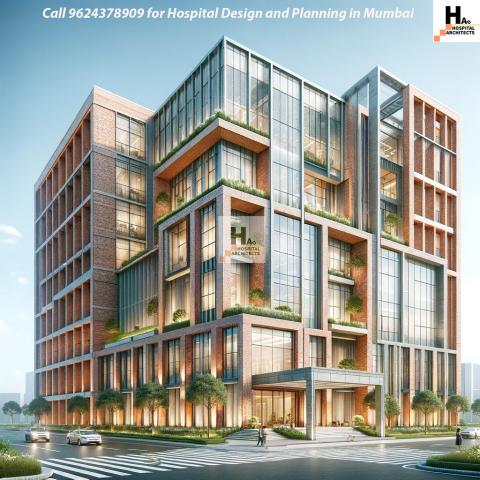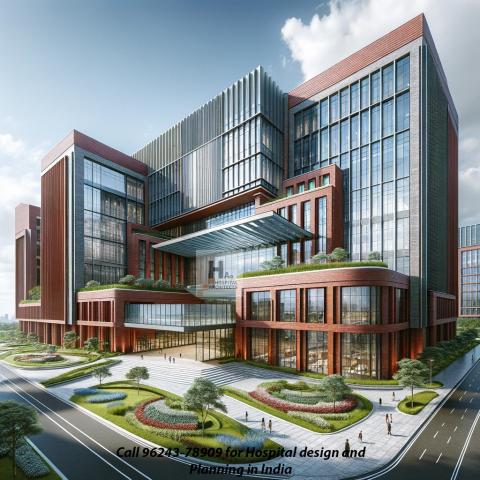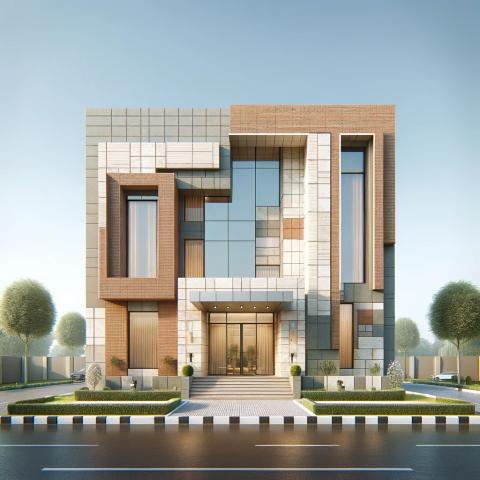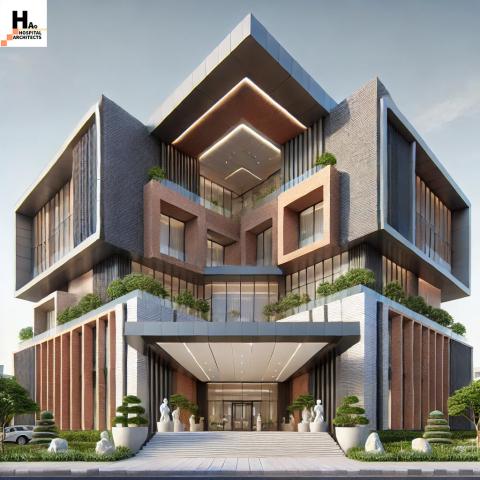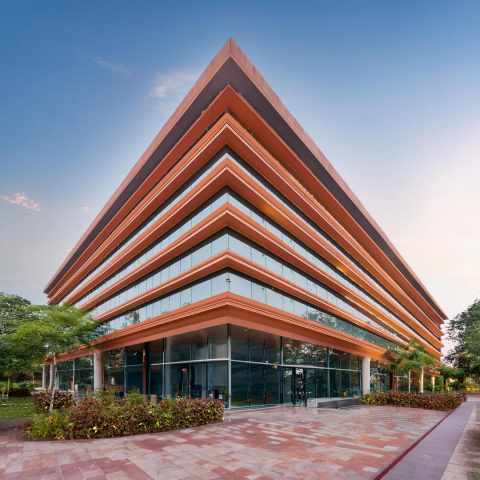Creating a Welcoming and Efficient Hospital Reception: Design Tips and Best Practices: Call +91-9898390866
Welcome to the world of hospital reception design! A hospital’s reception area plays a pivotal role in providing a warm and efficient experience for patients, visitors, and staff. But how can you create a space that welcomes everyone while also maximizing efficiency? In this article, we will explore design tips and best practices that can help you achieve just that.
First impressions matter, so it is essential to create a reception area that exudes a welcoming atmosphere. Incorporating natural light, comfortable seating, and soothing colors can instantly put people at ease. Additionally, consider the use of signage and clear wayfinding to guide visitors effortlessly through the space.
Efficiency is equally important. Implementing smart design choices such as designated check-in areas, organized waiting rooms, and integrated technology systems can streamline operations and reduce wait times. Don't forget to consider the needs of staff too. Providing functional workstations and efficient communication systems can enhance productivity and workflow.
By balancing warmth and efficiency, you can create a hospital reception area that is not only visually appealing but also facilitates a positive experience for everyone involved. Join us as we delve into the world of hospital reception design and discover how to make your space both inviting and efficient.
The importance of a welcoming and efficient hospital reception
A hospital reception area is often the first point of contact for patients and visitors. It sets the tone for their entire experience and can significantly impact their perception of the facility. A welcoming reception area not only puts people at ease but also creates a positive impression of the hospital's overall quality of care.
To create a welcoming atmosphere, consider incorporating natural light, comfortable seating, and soothing colors. Natural light has been proven to improve mood and well-being, so maximize the use of windows and skylights. Choose comfortable seating options, such as plush couches and ergonomic chairs, to ensure visitors feel relaxed during their wait. Additionally, opt for a color scheme that promotes calmness and serenity, such as soft blues or earth tones.
Design principles for a welcoming reception area
When designing a hospital reception area, several principles should be considered to ensure a welcoming environment. First, prioritize creating an open and spacious layout. Avoid clutter and ensure there is ample space for people to move comfortably. This not only creates a visually pleasing environment but also helps reduce stress and anxiety.
Another important design principle is to incorporate elements of nature. Greenery and natural elements have a calming effect on people and can contribute to a welcoming atmosphere. Consider adding potted plants or a living green wall to bring a touch of nature indoors. Additionally, artwork and decor that reflects the local community can also help create a sense of belonging and familiarity.
Lastly, don't overlook the importance of acoustics in a reception area. Hospitals can be noisy environments, so take measures to minimize sound reverberation and create a quieter space. Install sound-absorbing materials on walls and ceilings, and consider adding soft furnishings or acoustic panels to absorb sound waves. This will help create a more peaceful and inviting environment for patients and visitors.
Layout and furniture considerations for an efficient reception area
Efficiency is equally important when designing a hospital reception area. By implementing smart design choices, you can streamline operations and reduce wait times, improving the overall experience for both patients and staff. Consider the following layout and furniture considerations to maximize efficiency:
First, designate clear check-in areas. Clearly mark where patients should go to check-in, ensuring there are enough stations to accommodate the volume of visitors. This helps prevent congestion and confusion, allowing for a smoother check-in process.
Next, organize the waiting room strategically. Arrange seating in a way that allows for easy navigation and clear pathways. Consider grouping seats in small clusters to provide more privacy for patients and their families. Additionally, provide a variety of seating options to cater to different needs, such as individual chairs, benches, and even standing areas for those who prefer to remain mobile.
Furthermore, consider integrating technology systems to streamline the check-in process. Self-check-in kiosks or digital registration systems can significantly reduce wait times and improve efficiency. Patients can input their information directly, minimizing the need for manual data entry and paperwork. Additionally, digital displays can be utilized to provide real-time updates on wait times and appointment statuses, keeping patients informed and engaged.
Creating a comfortable waiting area for patients and visitors
Waiting can be a stressful and anxiety-inducing experience, especially in a hospital setting. Therefore, it is crucial to create a comfortable waiting area that promotes relaxation and well-being. Consider the following tips to enhance the comfort of your reception space:
First and foremost, ensure that seating is comfortable and supportive. Opt for ergonomic chairs with padded seats and armrests. Provide ample space between seats to allow for privacy and personal space. Additionally, consider incorporating seating options for different preferences, such as high-back chairs for those with back problems or recliners for patients in need of extra comfort.
In addition to comfortable seating, provide amenities that cater to the needs of patients and visitors. Offer a refreshment station with water, coffee, and snacks. Install charging stations and provide free Wi-Fi for those who wish to use their electronic devices. Creating a welcoming and comfortable environment goes a long way in alleviating the stress and anxiety associated with waiting.
Importance of clear signage and wayfinding in a hospital reception
Navigating a hospital can be overwhelming, especially for first-time visitors. Clear signage and wayfinding systems are essential to guide patients, visitors, and staff through the reception area and beyond. Consider the following best practices for effective signage and wayfinding:
First, ensure that signage is highly visible and easy to read. Use large fonts and high-contrast colors to maximize legibility. Place signs at eye level and consider using directional arrows to provide clear guidance. Additionally, use universal symbols and icons to overcome language barriers and ensure that signage is accessible to everyone.
Furthermore, consider implementing digital wayfinding systems. Interactive touchscreen displays or mobile apps can provide real-time directions and maps, making it easier for visitors to navigate the hospital. These systems can also be integrated with appointment scheduling, allowing patients to receive personalized directions based on their specific destination.
Security measures for a safe and secure reception area
In a hospital setting, security is of utmost importance. A well-designed reception area should incorporate measures to ensure the safety and security of patients, visitors, and staff. Consider the following security measures when designing your reception area:
First, install security cameras strategically throughout the reception area. Visible cameras act as a deterrent to potential threats and help monitor activity in real-time. Additionally, consider implementing access control systems, such as key cards or biometric scanners, to restrict access to certain areas and ensure that only authorized personnel can enter restricted zones.
Staff training and communication for an efficient reception experience
Efficiency in a hospital reception area relies not only on design but also on effective staff training and communication. Without proper training, even the most well-designed space can fall short in providing a seamless experience. Consider the following best practices for staff training and communication:
First, ensure that staff are well-trained in customer service and communication skills. Receptionists are often the first point of contact for patients and visitors and should be equipped with the skills to handle inquiries, provide assistance, and resolve conflicts effectively. Consider providing ongoing training and refresher courses to keep staff up-to-date with the latest best practices.
Additionally, implement efficient communication systems to facilitate smooth coordination between staff members. Utilize digital communication tools such as instant messaging or dedicated reception software to share information and updates in real-time. This helps reduce miscommunication and ensures that staff can provide accurate and prompt assistance to patients and visitors.
Conclusion: The impact of a welcoming and efficient hospital reception on patient satisfaction and overall experience
Creating a welcoming and efficient hospital reception area is crucial for providing a positive experience for patients, visitors, and staff. By incorporating design principles that prioritize both warmth and efficiency, hospitals can create a space that fosters a sense of comfort and ease while streamlining operations.
A welcoming reception area sets the stage for a positive experience, helping to alleviate anxiety and stress. By incorporating natural light, comfortable seating, and soothing colors, hospitals can create an environment that puts people at ease. Additionally, efficient design choices such as designated check-in areas, organized waiting rooms, and technology integration can streamline operations and reduce wait times.
Ultimately, a well-designed hospital reception area has a significant impact on patient satisfaction and overall experience. By prioritizing both warmth and efficiency, hospitals can create a space that not only looks visually appealing but also facilitates a positive experience for everyone involved. So, let's embark on this journey of designing a hospital reception area that is both inviting and efficient.
Lighting and color schemes to create a calming atmosphere
The layout and furniture choices in a hospital reception area can greatly impact its efficiency. When designing the layout, it is important to consider the flow of traffic and ensure that there is enough space for people to move around comfortably. One way to achieve this is by using a modular furniture system that can be easily rearranged to accommodate different needs.
In addition to the layout, the choice of furniture is crucial. Opt for comfortable seating options that are easy to clean and maintain. Consider using chairs with armrests and back support to provide added comfort for patients who may be waiting for extended periods. It is also important to provide seating options for individuals with disabilities and elderly patients.
To maximize efficiency, incorporate designated check-in areas with clearly marked signage. This will help direct patients to the appropriate counters and reduce confusion. Additionally, consider providing separate waiting areas for different departments or specialties to prevent overcrowding and ensure a smooth flow of patients.
Technology integration for a streamlined check-in process
The lighting and color scheme in a hospital reception area can greatly impact the overall atmosphere and create a calming environment for patients and visitors. Natural light is always preferred, as it not only reduces energy consumption but also has a positive effect on people's mood and well-being. Design the reception area with ample windows and use light-filtering curtains or blinds to control the amount of sunlight entering the space.
In terms of color schemes, opt for soothing and neutral tones that promote relaxation. Soft blues, greens, and earthy tones are often recommended for healthcare environments as they can create a sense of tranquility. Avoid using bright and bold colors, as they can be overwhelming and may evoke anxiety in some individuals.
Consider incorporating indirect lighting options, such as wall sconces or recessed lighting, to create a warm and inviting ambiance. Install dimmers to allow for adjustable lighting levels to accommodate different times of the day and individual preferences. This will help create a comfortable environment for patients and visitors, promoting a positive experience.
Creating a comfortable waiting area for patients and visitors
Integrating technology into the hospital reception area can greatly streamline the check-in process and enhance efficiency. Implementing self-check-in kiosks or touch screen registration systems can reduce waiting times and allow patients to input their information directly. This not only saves time but also reduces the risk of errors caused by manual data entry.
In addition to self-check-in systems, consider implementing digital signage that displays real-time wait times, important announcements, and directions to different departments. This can help patients and visitors navigate the hospital easily and keep them informed about any delays or changes.
To further enhance efficiency, integrate the reception area with the hospital's electronic health record system. This will enable staff to access patient information quickly and efficiently, reducing the need for manual paperwork and improving communication between different departments.
Importance of clear signage and wayfinding in a hospital reception
A comfortable and well-designed waiting area can greatly enhance the overall experience for patients and visitors. Start by selecting comfortable seating options that are suitable for individuals of all ages and sizes. Consider using a mix of chairs, sofas, and benches to provide variety and accommodate different preferences.
To create a welcoming atmosphere, decorate the waiting area with artwork and plants. This can help create a sense of calm and distraction for patients and visitors who may be feeling anxious or stressed. Ensure that the artwork is appropriate for a healthcare setting and avoid using pieces that may be too bold or abstract.
In addition to seating and decor, provide amenities such as water dispensers, charging stations, and reading materials. These small touches can greatly improve the waiting experience and help patients and visitors feel more comfortable and engaged during their time in the reception area.
Security measures for a safe and secure reception area
Clear signage and wayfinding are essential in a hospital reception area to help patients and visitors navigate the space effortlessly. Start by ensuring that the entrance is clearly marked and easily identifiable from the outside. Use large and bold signage that is visible from a distance to guide people to the reception area.
Inside the reception area, use clear and concise signage to direct patients to different departments, waiting areas, and amenities. Consider using color-coded signage or symbols to indicate different specialties or services. This can greatly reduce confusion and help individuals find their way without relying on staff for directions.
To further enhance wayfinding, consider installing interactive touch screen directories that allow patients and visitors to search for specific locations or services. These directories can provide step-by-step directions and even print out maps or instructions to help individuals navigate the hospital easily.
Staff training and communication for an efficient reception experience
Creating a safe and secure reception area is of utmost importance in a hospital setting. Start by implementing access control measures to ensure that only authorized individuals can enter certain areas. This can be achieved through the use of keycards, biometric scanners, or security personnel stationed at entrances.
In addition to access control, install CCTV cameras to monitor the reception area and deter potential threats. Ensure that the cameras cover all key areas, including entrances, waiting areas, and check-in counters. Display signs indicating that the area is under surveillance to further discourage any unlawful activity.
Train staff on security protocols and procedures to ensure that they are prepared to handle any security-related incidents. This includes training on recognizing suspicious behavior, handling disruptive individuals, and responding to emergency situations. Regularly review and update security measures to stay current with the latest best practices and technologies.
Conclusion: The impact of a welcoming and efficient hospital reception on patient satisfaction and overall experience
Efficiency in a hospital reception area is not only dependent on design choices but also on the training and communication of staff. It is crucial to provide comprehensive training to reception staff on customer service skills, effective communication, and handling difficult situations. This will ensure that patients and visitors are greeted with professionalism and empathy.
Implement efficient communication systems, such as intercoms or headsets, to enable staff to communicate easily with each other and other departments. This can help streamline operations and ensure that information is relayed accurately and promptly. Regularly hold staff meetings and training sessions to address any issues or concerns and foster a collaborative work environment.
Conclusion: The impact of a welcoming and efficient hospital reception on patient satisfaction and overall experience
A welcoming and efficient hospital reception area can have a significant impact on patient satisfaction and overall experience. By incorporating design elements that create a warm and inviting atmosphere and implementing efficient systems and processes, hospitals can provide a positive and seamless experience for patients, visitors, and staff.
From the layout and furniture choices to the lighting and color schemes, each design element plays a role in creating a comfortable and calming environment. Integrating technology systems, implementing clear signage and wayfinding, and ensuring security measures are in place further enhance efficiency. And last but not least, staff training and effective communication contribute to a smooth and efficient reception experience.
By striking a balance between warmth and efficiency, hospitals can create a reception area that not only welcomes everyone but also facilitates a positive experience from the moment patients and visitors step through the door. So, let's embark on the journey of designing a welcoming and efficient hospital reception area that leaves a lasting impression.
hospital reception design,hospital reception design and planning, best architects for hospital reception design, best architects in india for hospital reception design, best architects in united states for hospital reception design, best architects in united kingdom for hospital reception design, best architects in delhi for hospital reception design, best architects in mumbai for hospital reception design, best architects in chennai for hospital reception design, best architects in indore for hospital reception design, best architects in raipur for hospital reception design, best architects in nagpur for hospital reception design, hospital design, hospital design and planning, hospital interior design

